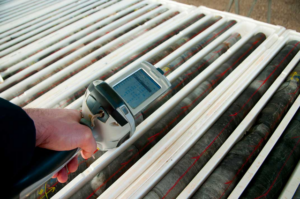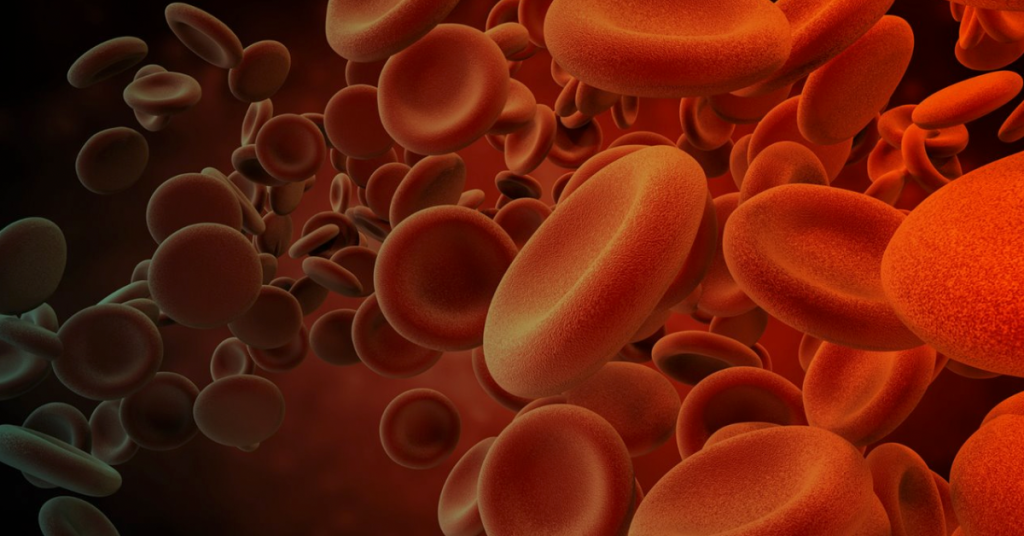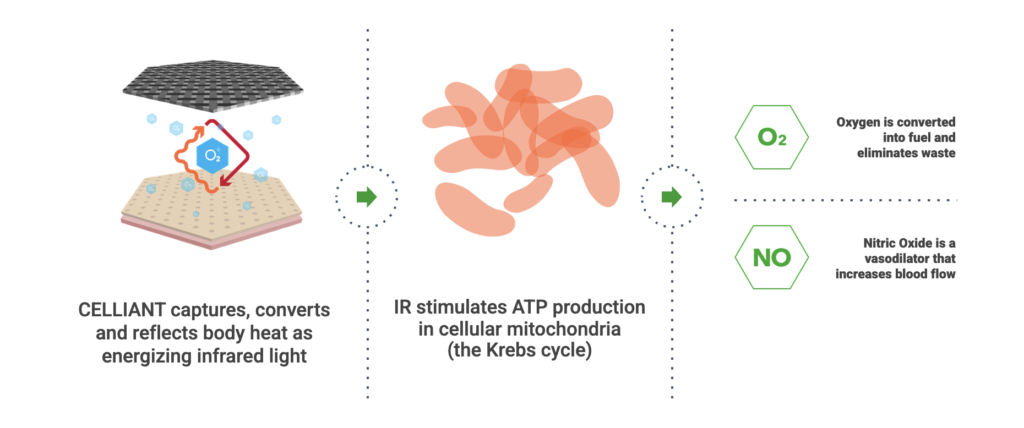
Introducing CELLIANT XRF Fabric Testing
May 01, 2025 – The pursuit of continual improvement has led us to adopt a powerful new method of analysis for CELLIANT-powered fabrics: X-Ray Fluorescence (XRF) Testing…


CELLIANT IS CLINICALLY DEMONSTRATED
TO INCREASE TISSUE OXYGEN LEVELS BY
AN AVERAGE OF 7% AND UP TO 8.4% IN
OUR TCPO2 CLINICAL TRIALS.
1Britannica, T. Editors of Encyclopaedia (2022, February 25). Cellular Respiration. Encyclopedia Britannica. https://www.britannica.com/science/cellular-respiration
2Krebs Cycle. (n.d.). ScienceDirect. https://www.sciencedirect.com/topics/engineering/krebs-cycle
3Coyle, M., & Gordon, I. (2012). Transcutaneous Partial Pressure of Oxygen (tcPO2) as a Primary Endpoint to Assess the Efficacy of CELLIANT® as a Vasoactive Material. https://celliant.com/wp-content/uploads/2021/09/Transcutaneous-Partial_web.pdf
4Gordon, I., Hamblin, M. R., Lavery, L., Thein, M., & Watson, J. (2018). Randomized Controlled Trial Comparing the Effects of Far-Infrared Emitting Ceramic Fabric Shirts and Control Polyester Shirts on Transcutaneous PO2. https://celliant.com/wp-content/uploads/2021/09/Randomized-Controlled-Trial_web-1.pdf

May 01, 2025 – The pursuit of continual improvement has led us to adopt a powerful new method of analysis for CELLIANT-powered fabrics: X-Ray Fluorescence (XRF) Testing…

February 21, 2025 – Photobiomodulation (PBM), sometimes referred to as low-level light therapy, is a form of light therapy that uses specific wavelengths of red and near-infrared…

September 13, 2024 – Understanding metabolic rate is important because it plays a key role in energy levels and overall well-being. While metabolic rate varies…
To access all of our reports please input your email below.
Contact us at marketing@celliant.com
Thank you for your request. Please download the brochure below.
Sign up for the latest Celliant news and innovations.
REQUEST INFORMATION